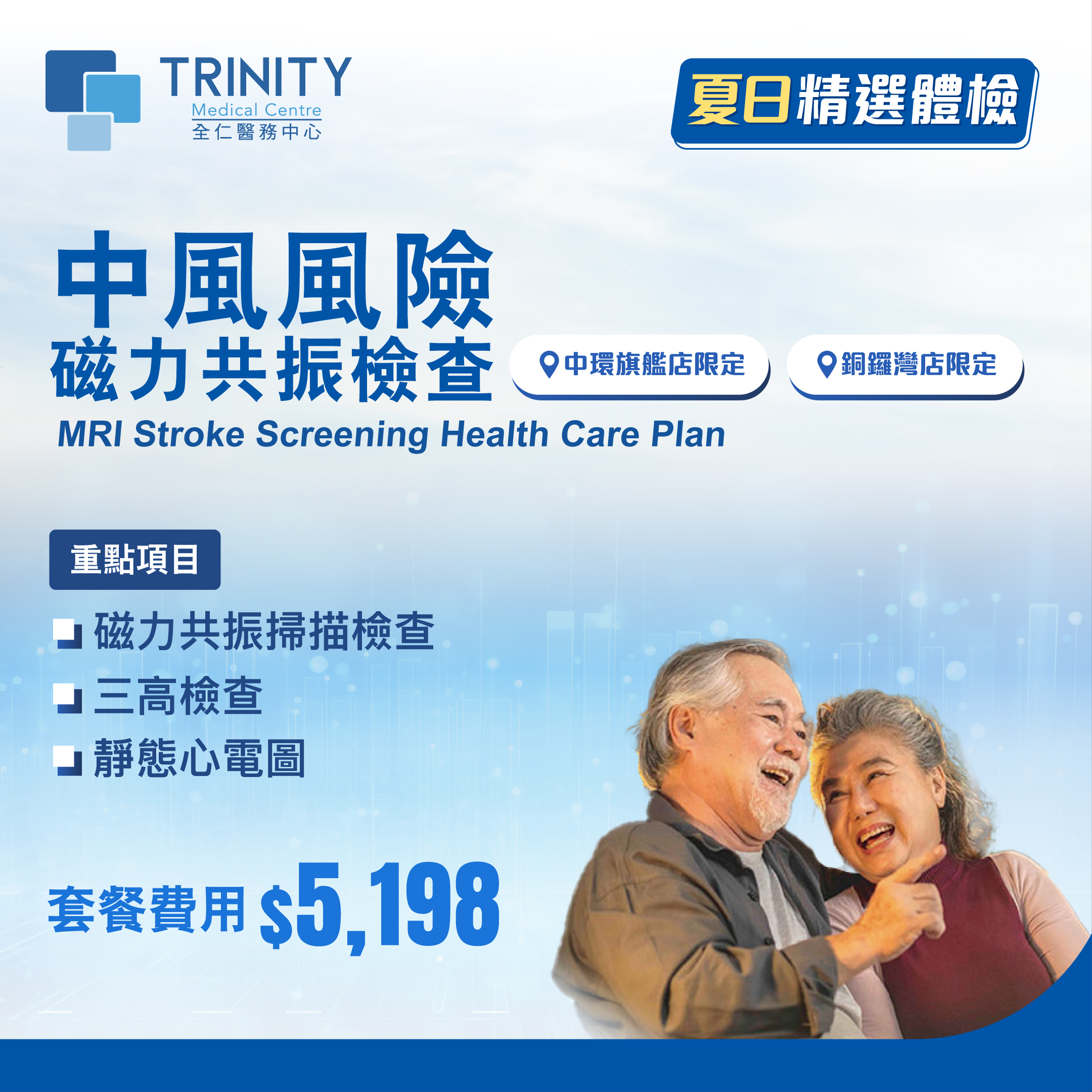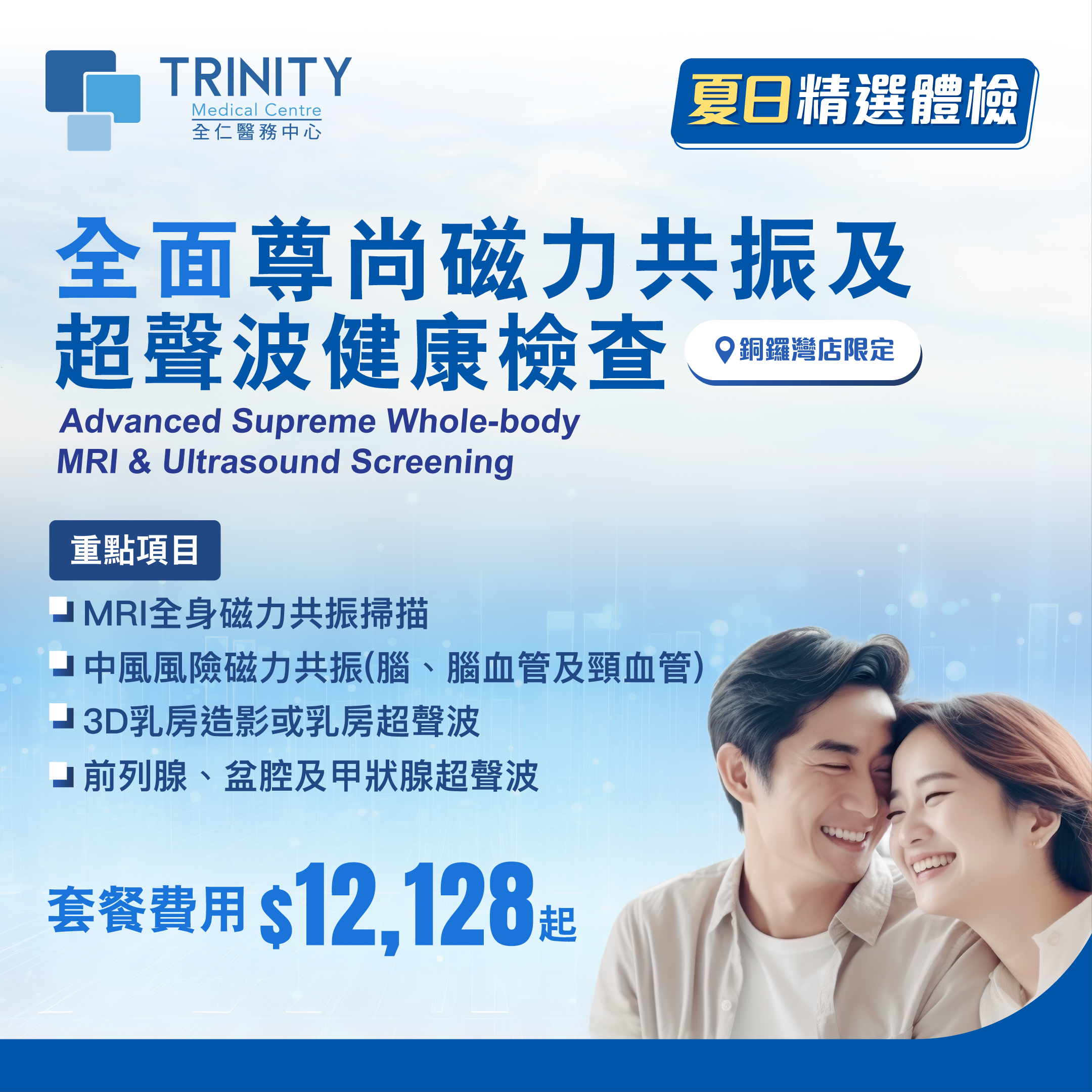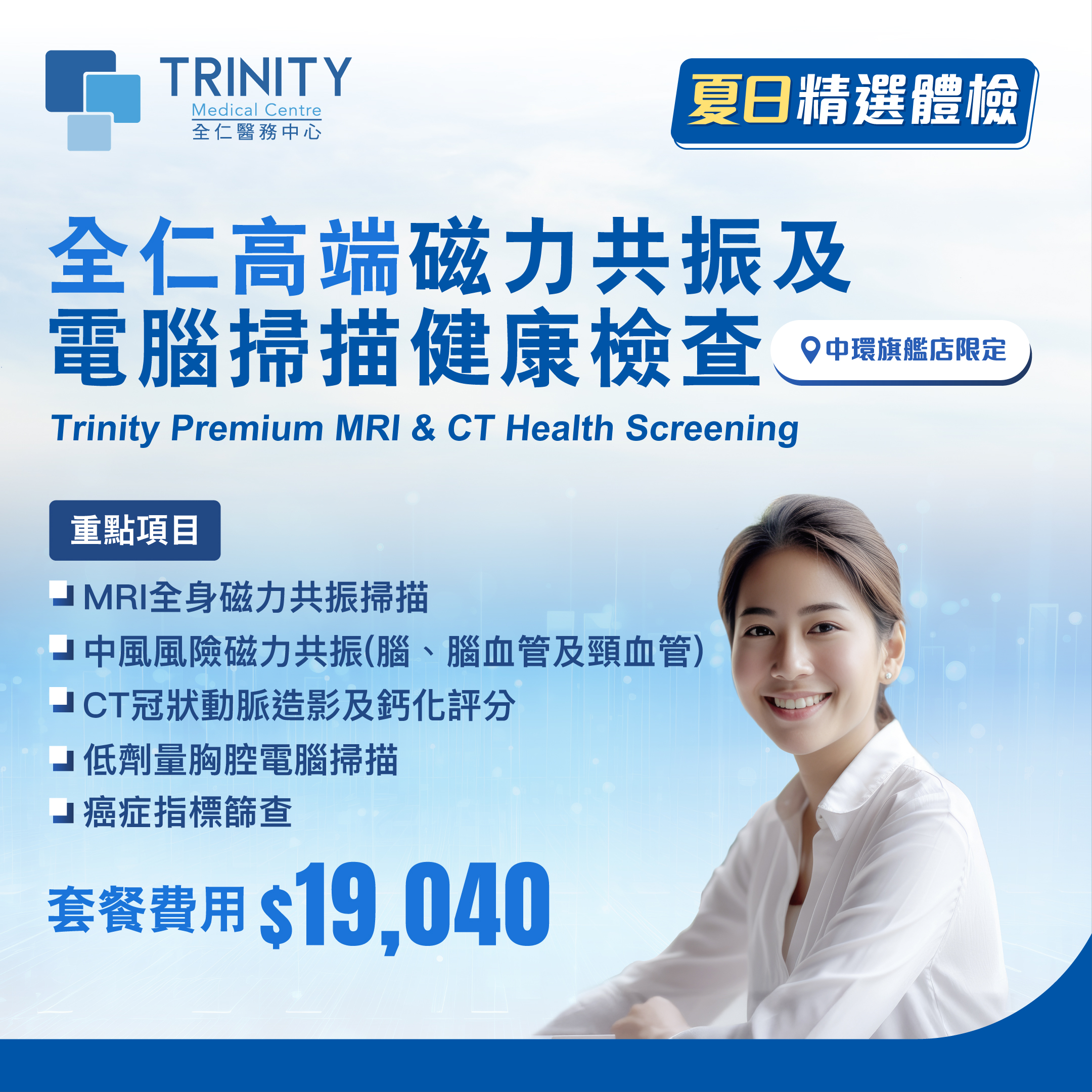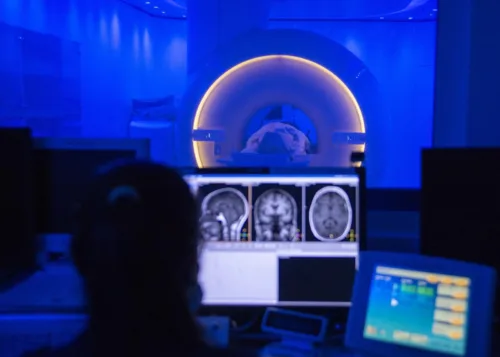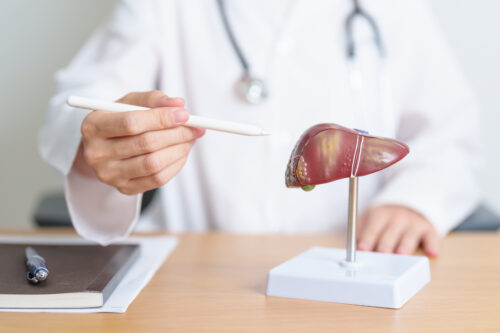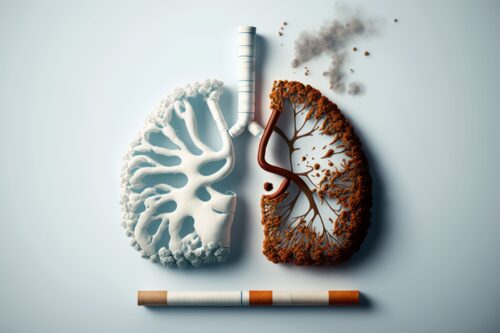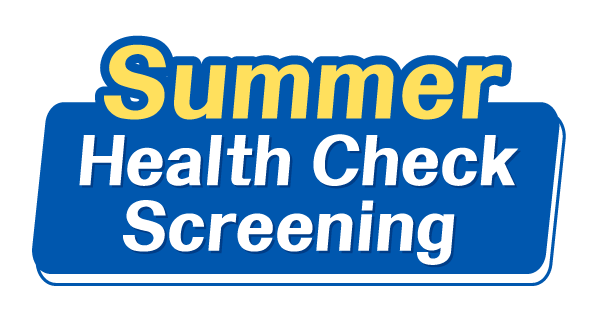This article outlines 8 early warning signs and symptoms of stroke, helping you identify and prevent stroke in a timely manner.
Why Dehydration from Sweating and Air Conditioning Increases Stroke Risk
During the summer, high temperatures can lead to rapid fluid loss from the body. Without timely hydration, dehydration may worsen. Dehydration causes the blood to become more viscous, increasing the risk of thrombus (blood clot) formation, which in turn raises the likelihood of cerebrovascular accidents (stroke). Electrolyte imbalances due to dehydration can also disrupt the normal functioning of the heart and brain.
Air conditioning is another potential stroke risk factor. Spending prolonged periods in air-conditioned rooms, especially when transitioning between large temperature differences, can cause blood vessels to constrict. Vasoconstriction raises blood pressure, further increasing the risk of stroke. Moreover, air-conditioned environments tend to be dry, which may contribute to mild dehydration and further elevate stroke risk.
Therefore, it is crucial during summer to stay properly hydrated and use air conditioning sensibly. Drink water regularly, and avoid consuming large volumes at once to reduce the burden on the kidneys. Maintain a moderate room temperature—neither too high nor too low—and ventilate regularly to keep the air fresh.
Common Early Warning Signs of Stroke
Early identification of stroke symptoms is critical to minimizing potential damage. Below are 8 common warning signs that should never be ignored:
- Unilateral numbness or weakness: Sudden weakness in the arm or leg, feeling as though one side of the body is unresponsive.
- Facial asymmetry: Drooping of one side of the face or a crooked smile.
- Speech difficulty: Slurred speech or inability to speak complete sentences.
- Vision disturbances: Sudden blurring, double vision, or partial loss of vision in one or both eyes.
- Severe headache: A sudden, explosive headache, often accompanied by nausea.
- Dizziness and loss of balance: Feeling unsteady while walking or experiencing vertigo.
- Cold extremities: Persistent coldness in hands and feet, even during summer, due to poor peripheral circulation.
- Confusion: Sudden disorientation or difficulty understanding speech or surroundings.
Recognizing these signs allows you to seek medical attention promptly and reduce the risk of long-term damage. Anyone experiencing the above symptoms should seek emergency care immediately.
Use the “FAST” Method to Quickly Identify Stroke Symptoms
Detecting stroke signs requires careful observation. If you suspect a stroke, the following simple method can help identify it quickly and improve the chances of timely treatment:
FAST Method:
F (Face): Ask the person to smile. Observe if there is drooping or asymmetry in the face.
A (Arms): Ask the person to raise both arms. See if one arm drifts downward or cannot be held up.
S (Speech): Ask them to repeat a simple sentence. Check if their speech is slurred or unclear.
T (Time): If any of these signs appear, call 999 and take the person to the hospital immediately.
In addition to the FAST test, being aware of your own health condition is crucial. Unusual symptoms should be taken seriously and evaluated by a medical professional without delay.
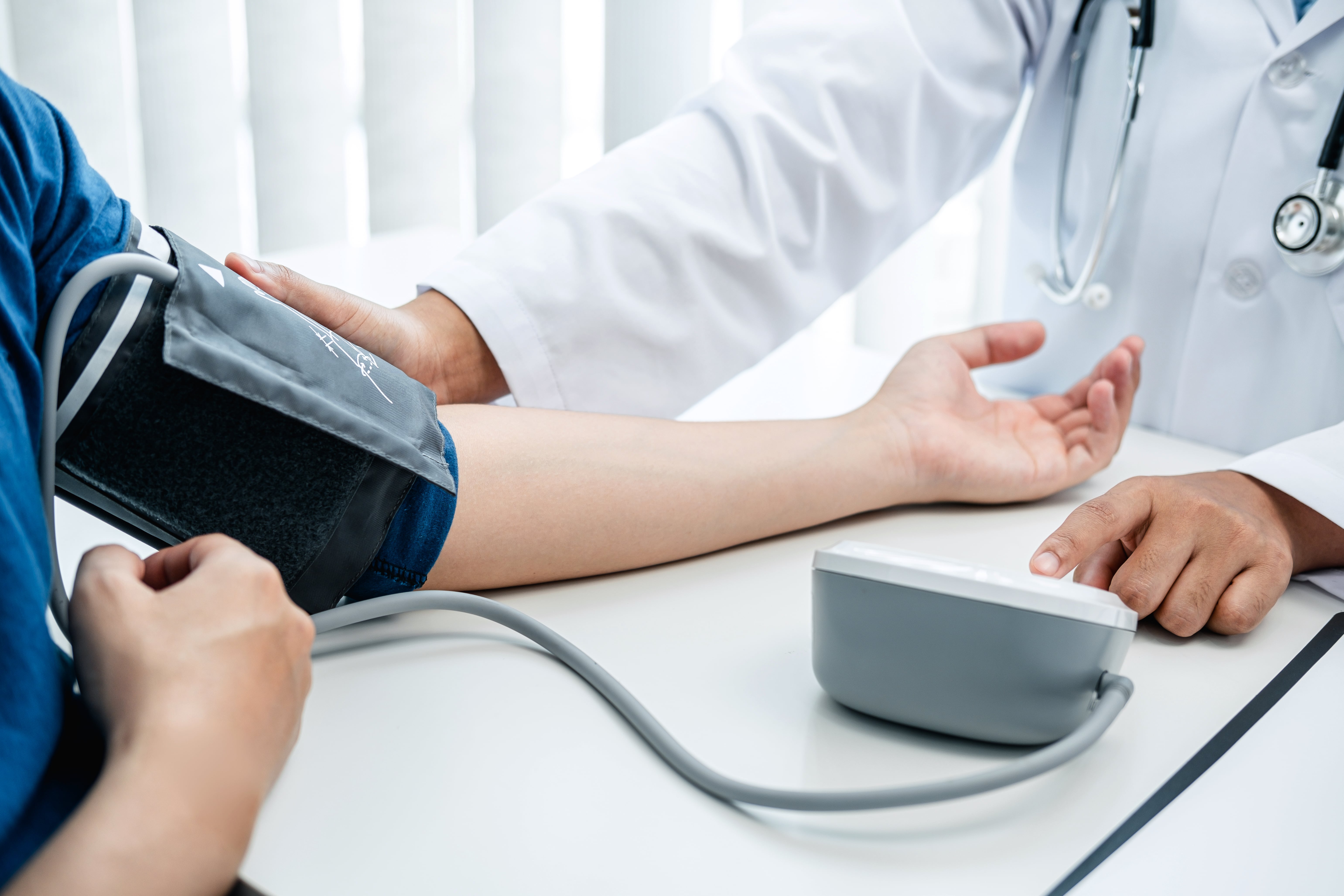
Additionally, regular health check-ups are an effective way to detect stroke risks early. In addition to monitoring indicators such as blood pressure, cholesterol, and blood sugar, MRI can assess vascular health and help diagnose potential issues early for effective prevention and treatment.
MRI Stroke Screening focuses on examining the carotid arteries, cerebral arteries, and the brain. It is a non-invasive, radiation-free, and painless method to evaluate the condition of these blood vessels. The scan accurately detects high-risk stroke factors such as arterial stenosis, thrombosis, and aneurysms, and assists physicians in differentiating between ischemic stroke and hemorrhagic stroke.
Additionally, this screening can help detect asymptomatic cerebrovascular abnormalities early, such as:
- Minor strokes that have gone unnoticed
- Early-stage arterial narrowing or occlusion
- Intracranial aneurysms
By understanding the overall health of the brain’s vascular system, patients and doctors can take early action to prevent or treat issues and avoid neurological damage such as paralysis, aphasia, visual field defects, or swallowing disorders.
Stroke is a preventable condition. By adopting a healthy lifestyle and scheduling regular check-ups, you can significantly reduce your risk. Understanding the warning signs and acting quickly can help minimize permanent damage. From today, prioritize your health with early prevention and screening.
In addition to recognizing the signs and symptoms of stroke, understanding its causes and risk factors is equally important for prevention at the root.
[Related Reading] “Young People Can Have Strokes Too! Discover 7 Major Risk Factors and 3 Key Prevention Methods”
Frequently Asked Questions:
Q1: What are the initial warning signs of stroke? Does it always involve facial paralysis?
Not necessarily. Stroke warning signs include unilateral weakness, blurred vision, slurred speech, sudden headaches, cold extremities, and imbalance. Some patients may not exhibit the classic symptom of facial drooping. Therefore, even mild symptoms should not be ignored. It is recommended to use the FAST method for assessment and seek immediate medical attention if stroke is suspected.
Q2: Should young people also be concerned about stroke?
Yes. In recent years, stroke has become increasingly prevalent among younger individuals, particularly those with chronic stress, poor diet, lack of sleep, or underlying health issues such as hypertension, high cholesterol, and diabetes. Even in the absence of a family history, an unhealthy lifestyle increases stroke risk. It is advised to monitor key health indicators and maintain a healthy lifestyle.
References
1. Centre for Health Protection, Department of Health (Hong Kong)|Dealing with Stroke
2. Health Promotion Administration, Ministry of Health and Welfare|中風放血?
3. Health Promotion Administration|中風8大危險因子 掌握6招預防


